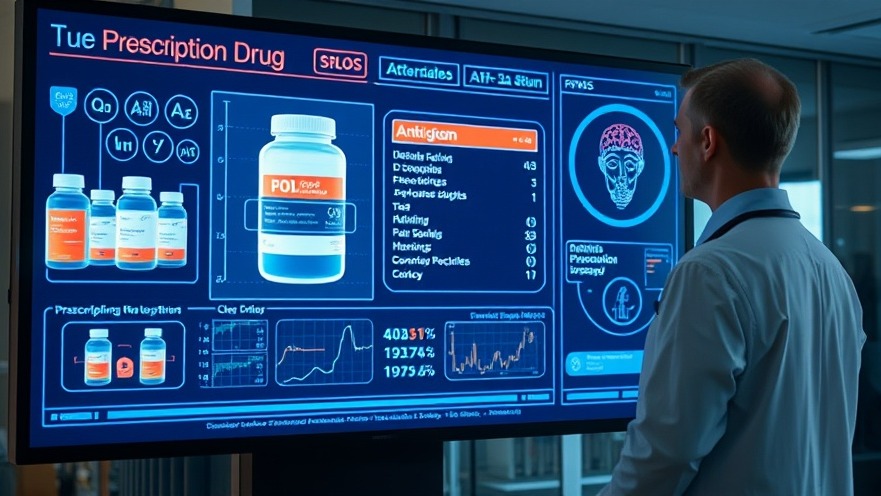
Understanding the TEAM Model: A Game Changer for Value-Based Surgical Care
The Centers for Medicare & Medicaid Services (CMS) recently finalized the Transforming Episode Accountability Model (TEAM), set to launch in 2026. This model is pivotal for holding hospitals accountable for the entire surgical care process, transitioning towards value-based care and moving away from volume-based metrics that have dominated the healthcare landscape for years.
Key Features of the TEAM Model
The TEAM model focuses on five major surgical procedures: lower extremity joint replacements, spinal fusions, coronary artery bypass grafts, major bowel procedures, and hip/femur fracture treatment. Collectively, these surgeries account for about 20% of the annual Medicare spending—approximately $19.2 billion. Notably, despite the significant investment, the quality of patient outcomes is inconsistent. For instance, total knee arthroplasties demonstrate a 16% complication rate, which can lead to additional patient costs ranging from $812 to $2,443.
This model's implementation aims to reduce such complications, with hospitals tasked to improve care coordination and quality through innovative technologies. By doing so, they not only enhance patient outcomes but also mitigate unnecessary financial burdens on the healthcare system.
The Benefits of Increased Accountability
With hospitals now responsible for managing entire episodes of surgical care, the TEAM model emphasizes accountability like never before. This shift is designed to create a seamless patient experience, beginning at hospital admission and extending across 30 days post-discharge. Providers will need to facilitate communication amongst all stakeholders—patients, families, and healthcare entities.
The CMS is encouraging participation by offering high-performing health systems up to a 20% increase in reimbursements over the model's five-year span, potentially generating over $3 billion in extra revenue across participating facilities. Such financial incentives highlight the necessity of adapting to this new era of accountability and quality-driven care.
The Role of Technology in the TEAM Model
The success of the TEAM initiative hinges on hospitals effectively utilizing technology, especially in managing patient data collection and reporting. As healthcare data becomes more robust and complex, providers who can harness AI-powered solutions will have a distinct advantage. Eddie Qureshi, CEO of Rainfall Health, notes that technology must facilitate high-quality care coordination and precise outcome measurement, ensuring that healthcare providers can keep pace with the detailed reporting mandated by TEAM.
For many concierge health practitioners, the technological demands of TEAM may feel overwhelming. However, embracing these advancements can be the key to securing a competitive edge in their communities. Investing in healthcare technology and fostering a culture of innovation can ultimately streamline operations, enhance patient care, and fulfill the model’s rigorous requirements.
Preparing for the Transition to Value-Based Care
As the healthcare sector gets ready for this paradigm shift, it is imperative for providers to begin strategizing their adaptation to the TEAM model. This involves not only reviewing procedural protocols but also investing in the training of staff members on new technology and processes. Adopting a proactive approach will ensure that practices are well-positioned to succeed under the new guidelines.
Final Thoughts and Steps Forward
The TEAM model introduces both challenges and opportunities within the healthcare landscape. While the transition to value-based surgical care may appear daunting, it provides a unique chance for healthcare practitioners to thrive by prioritizing patient outcomes and leveraging technological advancements. As practiced leaders navigate this shift, prioritizing patient engagement and open communication will be vital for success.
If you're a provider preparing for this upcoming change, take the time to assess whether your practice is mandated to participate in the TEAM model starting January 1, 2026. Explore potential technology solutions and engage with other healthcare professionals to share insights about adapting successfully to this significant evolution in healthcare.
 Add Row
Add Row  Add
Add 




Write A Comment